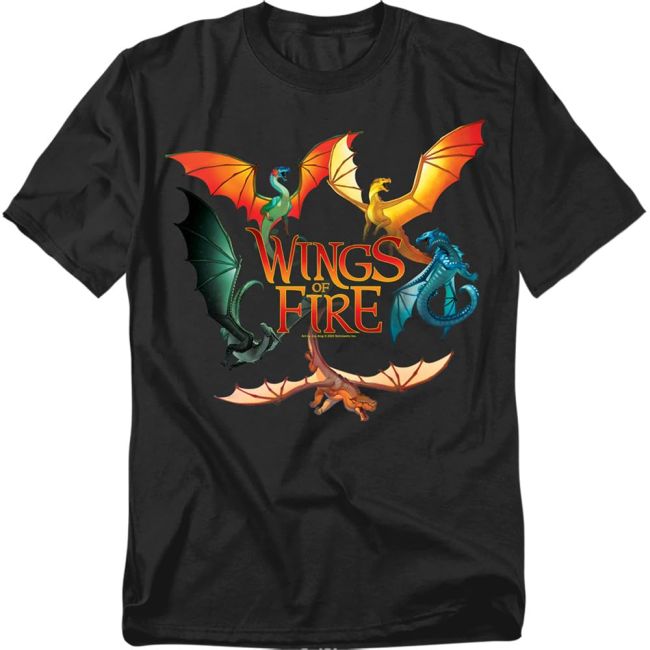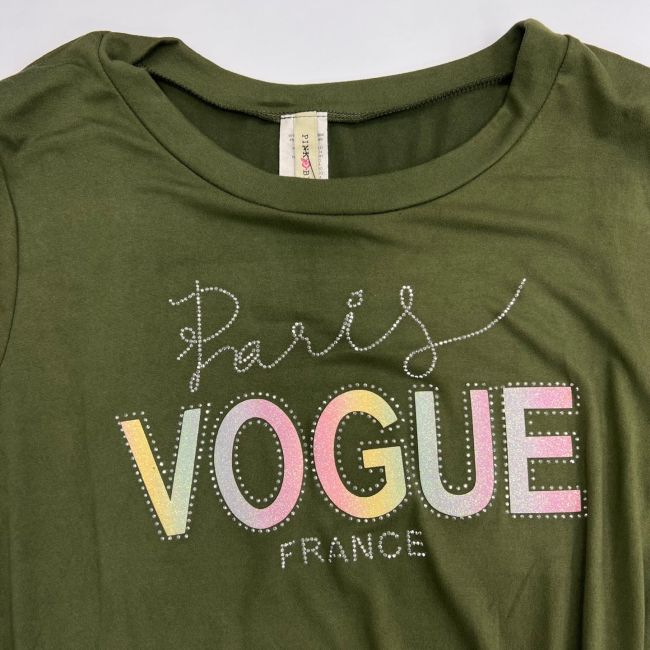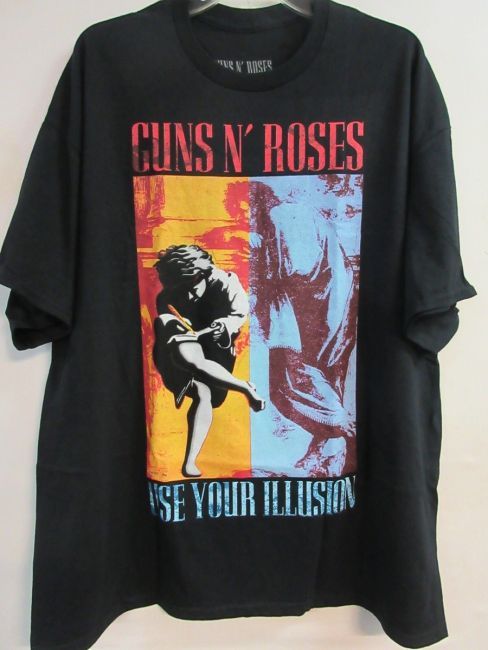The Xreal Air 2 Ultra mixed reality glasses
As Apple Vision Pro prepares to launch, competitors are lining up to capitalize on its massive price tag. That includes Xreal who had its latest wearable on hand to demo at CES, where we got to try it out.
Apple stole the show at CES 2024 — without even being there. Apple Vision Pro is up for preorder on January 19, with shipping beginning only a week later.
It’s the topic everyone discussed, but its $3,500 price tag will surely put it out of reach for most users. That’s where devices like the Xreal Air 2 Ultra come in to play that are much more affordable.
The Xreal Air 2 Ultra boasts many impressive-sounding features and in many ways, it does seem like a viable alternative to Apple’s first spatial computer.
Xreal Air 2 Ultra: Hands-on with the new hardware
We’ve tested other models of the Xreal glasses and were generally impressed with their performance at such a low cost. The Air 2 Ultra looks even better.
Showing the sensors and screens inside the glasses
These new glasses bring back 6 degrees of freedom (6DoF) for movement, 120Hz refresh rate on the dual micro OLED 1080p panels, and increased field of view to 52 degrees from 46.
The extra hardware, though, did increase the weight just a little. To help keep that weight down, Xreal uses a new titanium frame that looks sleek and premium around the lenses.
Holding the Xreal Air 2 Ultra
Finally, two front-facing 3D sensors are for both environment and hand tracking. They’re hidden and not readily apparent when someone looks at you.
Titanium frames of the Xreal Air 2 Ultra
They still plug in over USB-C, which routes out of the left arm and can run to whichever source you’re using, be it an iPhone, a Mac, or something else.
Xreal Air 2 Ultra: Demoing the new glasses
Several dummy experiences were running on Xreal Air 2 Ultra. In one, you had a workspace running full of widgets, media players, image viewers, and more running together.
Visualizing what you see in the glasses
A secondary one was more about media and experiences. You could be taken to a snowy landscape with floating data points of the weather or a movie theater to watch a series of 3D films.
… (remaining content omitted for brevity)














